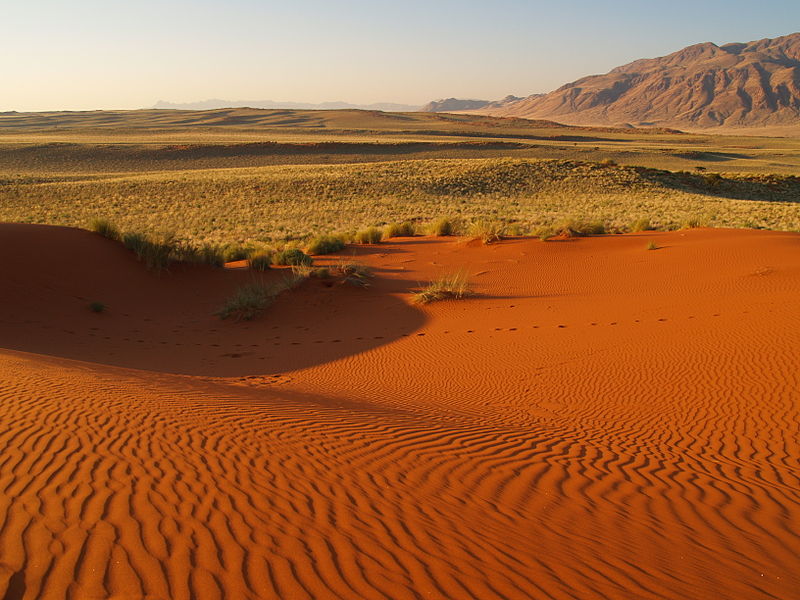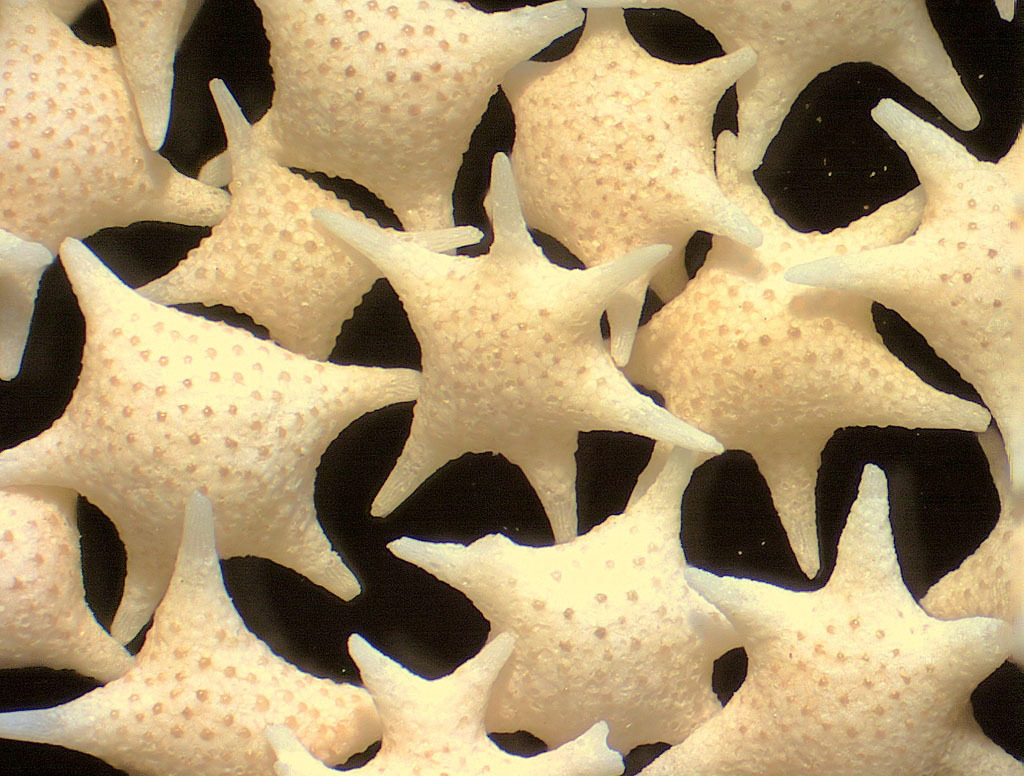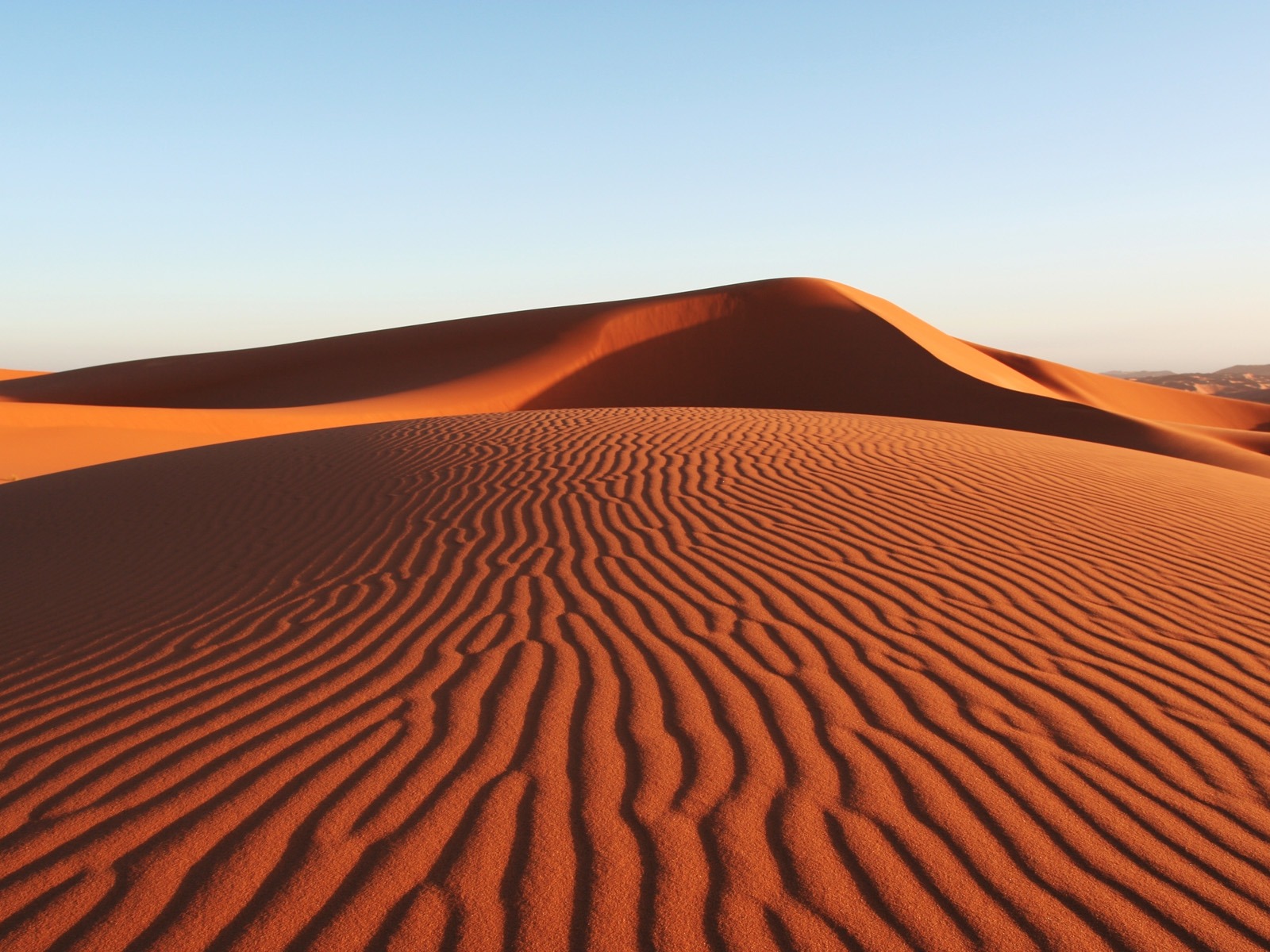What is an psammophile? Simple. An psammophile (psammo – sand, phile – lover of) is anyone who enjoys the hobby of sand collecting. Want to become a psammophile? We can show you how.

What Is Sand Collecting?
People get involved with sand collecting for a number of different reasons. Some are interested in the geology or mineralogy. Others are interested in geography and learning about the different regions of the world. There are others who like to reminisce about the places they have visited. Still others simply appreciate the natural beauty and uniqueness of sand from around the world. Whatever the reason, sand collecting is a popular and very fulfilling hobby. Interested? Here’s what you need to know to get started.
What Is Sand?
That is a tough question, and it depends on who you ask. To some people, sand is basically small, loose particles of rock. However, a sedimentologist might use a more specific definition: Sand is material consisting of particles ranging in size from 1/16 mm to 2.0 mm. The International Sand Collectors Society uses the following definition:
Practically, sand consist of small detrital fragments (rock or mineral particles liberated by mechanical disintegration of parent rock material), biogenic particles (shells or shell fragments) or chemical precipitates (evaporites or oolites) occurring in nature and distinguishable by the naked eye.
Basically, sand is a material composed of small bits of rocks, minerals, and shells. We can find sand all of over the world; beaches, riverbeds, mountain tops, deserts, and playgrounds.
Here’s What You Need To Collect Sand
- A container to hold the sand. You should try to always have a container with you (in case you find some great sand to collect). When I travel, I usually carry a bunch of plastic bags with me. They are light and easy to pack. Sometimes, I’ll take Baby Soda Bottles. They are cheap, easy to carry, and have a screw top. Remember, if you want to collect enough sand to share or trade with others, you may need a bigger container.
- A pen and paper. You should record the time and place where you collected the sand. I usually write it on a small piece of paper and stick it in the container with my sample. You can also use a permanent marker to write directly on the container holding your sand.
- A metal spoon. You need something to dig with. You can always substitute your hand if you don’t have a spoon.
- A magnifying lens, eye loop, or hands lens. You will want to look closely at the sand you collect. Sand is fascinating when it is magnified!
Things to Keep in Mind
- You don’t have to travel to some exotic location to start your sand collection. More than likely, you can find sand in your own back yard.
- Sand collected in the field is often a little moist if not wet. You should always allow you sand to drive before storing it.
- Find a good place to store your samples. Remember, your collection will grow. Find a place that is safe and convenient. I like to display samples from my collection in Gem Jars.
- You may want to get a magnified view of your sand samples. A good microscope can help. With one, you will be able to truly appreciate the sand you are collecting. You can purchase a good dissecting microscope for $15o.
- Make sure that you observe the laws in areas where you plan to collect sand. If the land is privately owned, you should obtain permission before collecting any samples. Also, you should be aware of any local, state, or federal laws which might restrict you from taking sand.

Microscope view of Foraminifera “Star sand” from Hatoma Island (Japan)
You can get more more information about sand collecting from the The International Sand Collectors Society (yes, there is a society and it’s international). If you decide to start a collection, let us know. You never know, we might have some sand to trade.

















